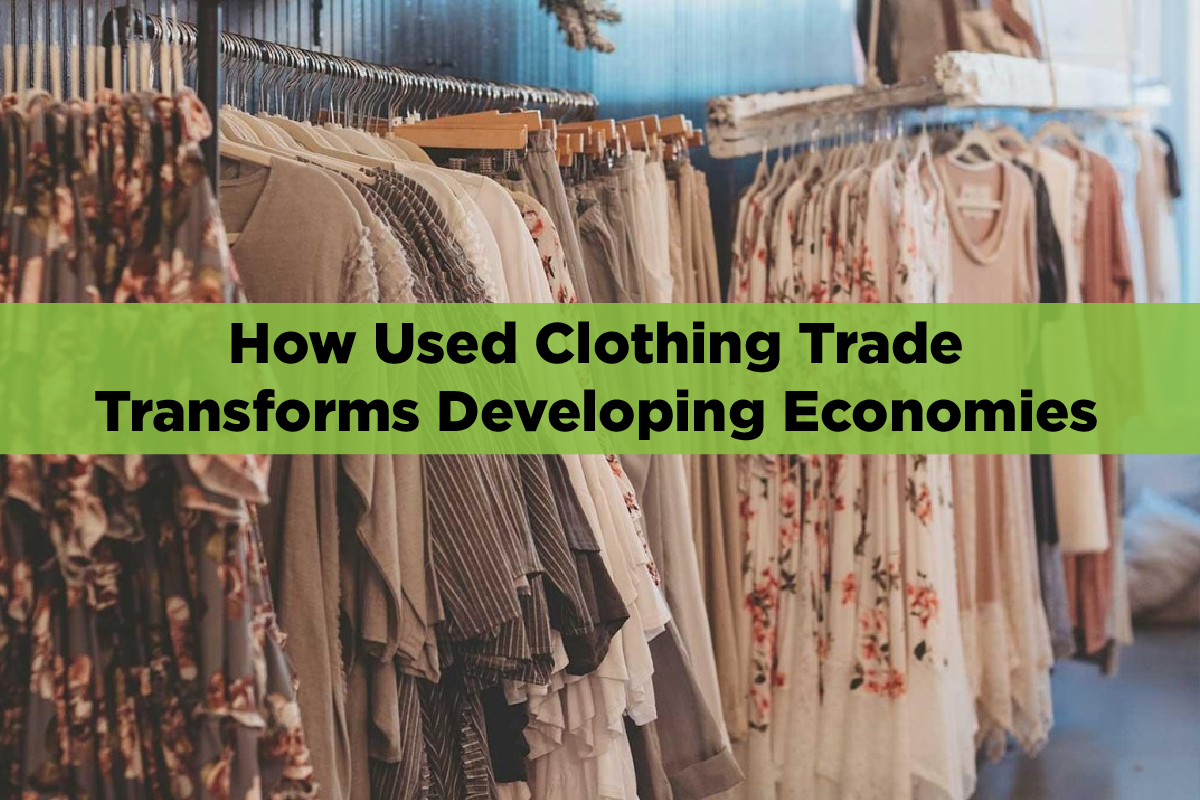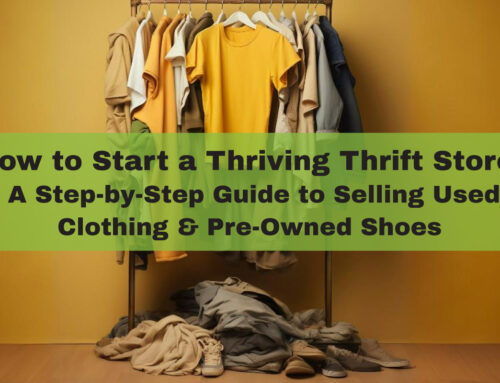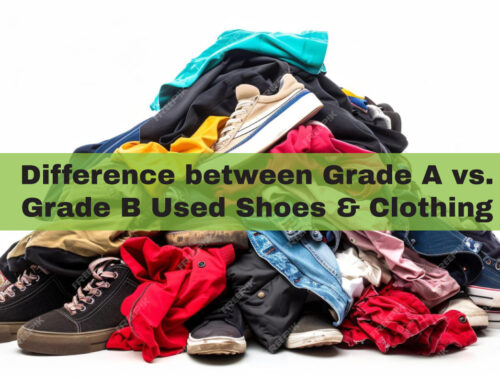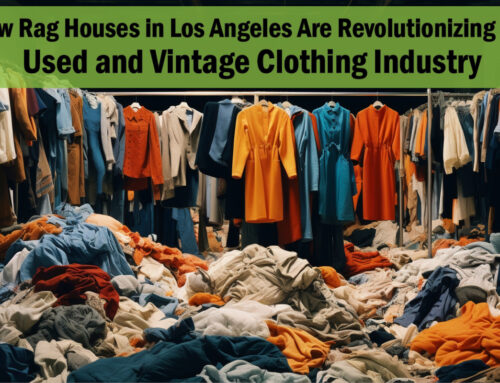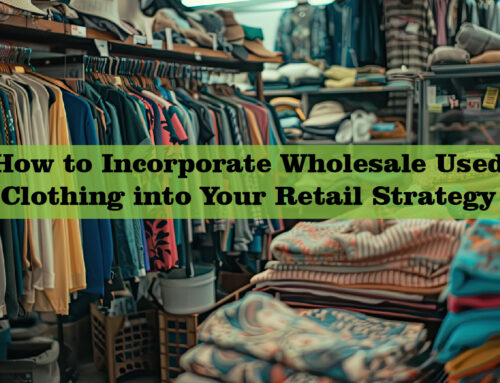The global trade of second-hand clothing is more than $1 billion annually, with the USA leading the industry. The used clothing industry is growing thanks to environmentally conscious consumers and increasing demand for affordable products. Sometimes, used clothing is better in quality and lasts longer than cheaper new products.
The trade of used clothing is playing a major role in transforming developing economies, which are the major receivers of second-hand clothing. For instance, it creates numerous employment opportunities in the receiving countries – transporting, repairing, cleaning, restyling, etc. In addition, the second-hand clothing trade provides cheaper clothing to poor people in these nations.
This article examines how second-hand revolution is transforming developing countries. Let us begin with Kenya – a perfect example of a developing economy witnessing transforms due to second-hand clothing.
Kenya – The largest importer of used clothing
On March 5th, 2021, the Institute of Economic Affairs in Kenya published a study indicating the contribution of the used clothing industry to the Kenyan economy. Here are the key findings:
- The used clothing industry provides direct employment to two million people in the country. It also creates jobs in ancillary sectors like transportation.
- According to the Kenya National Bureau of Statistics (KNBS) Manpower Survey, the secondhand clothing industry improves living standards for two million people and reduces poverty levels.
- It is a major source of government revenues. The country imported 185,000 metric tons of used clothing in 2019 equivalent to around 8,000 containers. So, businesses also pay license fees to governments, which translates into millions of dollars to support the economy.
So, as we see, the used clothing textile industry has many benefits for Kenya’s economy. Now, let us talk about these benefits in detail.
Benefits of the Used Clothing Industry for Developing Economies
EMPLOYMENT
The second-hand clothing industry creates employment because it involves labor-intensive processes like:
- Collection of pre-owned clothing from various points requires workers who go door-to-door, rag houses Los Angeles and manage donation bins. For example, in African nations, many NGOs employ people to collect used clothes.
- Sorting and grading based on type, condition, quality, and usability require workers to classify clothes.
- Transportation of clothes to shops, markets, and other destinations benefits logistics workers such as drivers and loaders.
- Repairing and washing used clothing provides jobs for seamstresses, tailors, and laundry workers. In Uganda, many find employment by repairing second-hand clothing at workshops.
- Trading and retailing used clothing provides earning to shop owners, street vendors, and traders. In Rwanda, the retail sale of second-hand clothing is a vital source of income for many families.
- Redesigning and restyling used clothes as per fashion trends brings jobs to designers, tailors, and fashion professionals.
These opportunities provide financial stability to many families but also encourage skill development among workers in developing nations.
AFFORDABILITY
Affordability is another major benefit of the second-hand clothing industry to developing nations. Here is how:
- Second hand clothing is cheaper than brand-new clothing. For example, a new women’s shirt from vintage wholesale clothing Los Angeles may cost $20 and the same used shirt may cost $5. This is a great relief for families below the poverty line and limited budgets.
- Used clothing typically comes from developed countries. These are manufactured with high quality, which means you get better value for your money.
- The influx of affordable clothing results in increased trading activity. So, market vendors and local shop owners can benefit by fulfilling this demand.
- Organizations, particularly NGOs, distribute used clothing Los Angeles to people who live in areas affected by disasters or poverty. This provides essential clothing to families while reducing their financial burden. So families can use the saved money for other necessities.
GOVERNMENT REVENUE
Importing second-hand clothing brings revenue to governments in developing nations. Here is how:
- Governments impose tariffs on imported goods like used clothing and second hand shoes in bulk, which leads to increased national revenues. For example, in African countries, import duties on used clothing bring substantial revenue to the government, which is used to fund the development of infrastructure. In addition, businesses involved in the second-hand clothing trade have to obtain licenses and permits, which is another contributor to the government’s revenue.
- Local governments generate revenue by renting out stalls to vendors that sell used clothing.
- Countries with value-added tax (VAT) systems charge a tax on the sale of second-hand clothing. Governments collect this tax at various stages, from import to the final sale to end users.
The Challenges
As we see, there are many positive ways used clothing trade transforms developing economies. At the same time, there are some challenges also, for example, importing second-hand clothing affects local textile and garments manufacturers in these nations. So, the governments and business owners in the garments industry have to work collaboratively to enjoy the benefits and address the challenges.
But if you look for just one answer, then we can say that wholesale used clothing in California trade has a huge transformative impact on developing economies. And, the majority of this transformation is positive for people, businesses like used shoes suppliers, governments, and the planet.

